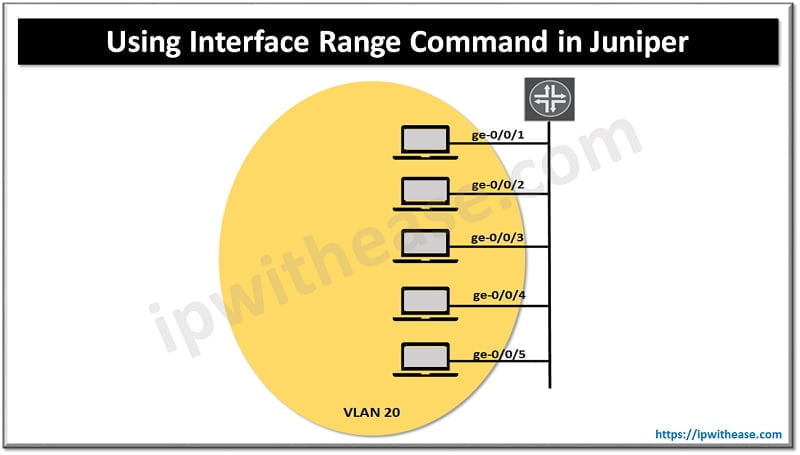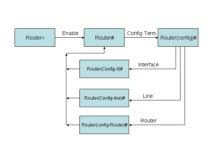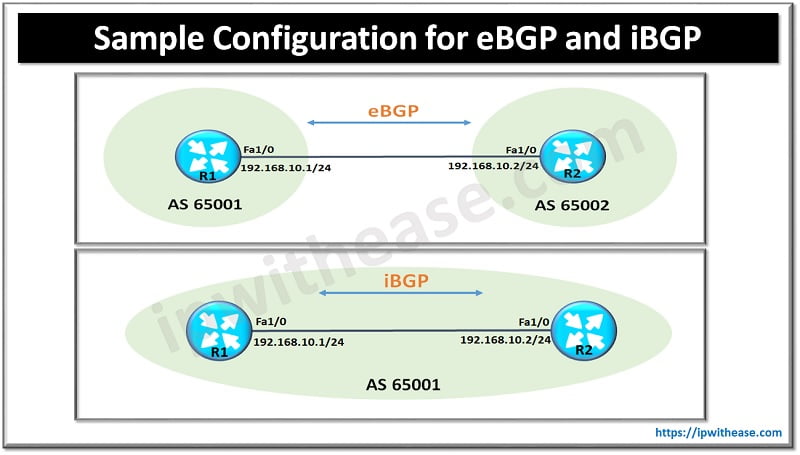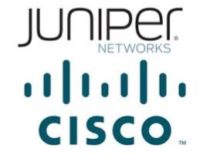Table of Contents
In this blog, we discuss the interface range commands in Juniper. Cisco and Juniper both have CLI option to configure multiple interfaces within single line item.
Below are some of ways to define members through interface range feature as below:
For Port Range 1 to 3
Let say the port range is from 1 to 3.
# set interface interface-range SCOPE member-range ge-0/0/0 to ge-0/0/3
# set interface interface-range SCOPE member “ge-0/0/[0-3]”
# set interface interface-range SCOPE member “ge-0/0/0”
# set interface interface-range SCOPE member “ge-0/0/1”
# set interface interface-range SCOPE member “ge-0/0/2”
# set interface interface-range SCOPE member “ge-0/0/3”Related: Interface Range Command Configuration

List of Interface Range Commands in Juniper
Some examples where we can use interface range command in Juniper are as below:
Disable Ports
# set interface interface-range SCOPE member-range ge-0/0/0 to ge-0/0/3
# set interface interface-range SCOPE disableAdd VLAN to Ports
# set interfaces interface-range SCOPE unit 0 family ethernet-switching vlan members vlan20
# set interface interface-range SCOPE member-range ge-0/0/0 to ge-0/0/3By default, interface-range is not available to configure in the CLI where the interface statement is available. The following locations are supported; however, some of the hierarchies shown in this list are product specific:
protocols dot1x authentication interface
protocols dvmrp interface
protocols oam ethernet lmi interface
protocols esis interface
protocols igmp interface
protocols igmp-host client num interface
protocols mld-host client num interface
protocols router-advertisement interface
protocols isis interface
protocols ldp interface
protocols oam ethernet link-fault-management interface
protocols lldp interface
protocols link-management peer lmp-control-channel interface
protocols link-management peer control-channel
protocols link-management te-link name interface
protocols mld interface
protocols ospf area id interface
protocols pim interface
protocols router-discovery interface
protocols rip group name neighbour
protocols ripng group name neighbour
protocols rsvp interface
protocols snmp interface
protocols layer2-control bpdu-block interface
protocols layer2-control mac-rewrite interface
protocols mpls interface
protocols stp interface
protocols rstp interface
protocols mstp interface
protocols vstp interface
protocols mstp msti id interface
protocols mstp msti vlan id interface
protocols vstp vlan name interface
protocols gvrp interface
protocols igmp-snooping vlan name interface
protocols lldp interface
protocols lldp-med interface
protocols sflow interfaces
ethernet-switching-options analyzer name input [egress | ingress ] interface
ethernet-switching-options analyzer name output interface
ethernet-switching-options secure-access-port interface
ethernet-switching-options interfaces ethernet-switching-options voip interface
ethernet-switching-options redundant-trunk-group group g1 interface
ethernet-switching-options redundant-trunk-group group g1 interface
ethernet-switching-options bpdu-block interface
poe interface vlans pro-bng-mc1-bsd1 interfaceContinue Reading
Useful Juniper Netscreen Commands
Enable/Disable Interface in Juniper
Reference – https://www.juniper.net/documentation/en_US/junos/topics/task/configuration/interface-ranges.html
ABOUT THE AUTHOR

You can learn more about her on her linkedin profile – Rashmi Bhardwaj



